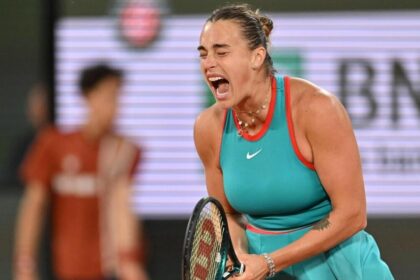Christian Horner leaves behind an outstanding legacy with Red Bull following his long tenure as the team’s principal in Formula One.
The 51-year-old Briton was abruptly dismissed by Red Bull after serving two decades in the leadership role. Horner joined Red Bull in 2005 when they first entered Formula 1 and has been involved in every single one of the team’s 405 Grand Prix starts.
During his time as principal of F1’s longest-standing team, Horner guided Red Bull to eight driver world championships and six constructor titles. He was instrumental in transforming Red Bull from a backmarker on the grid into one of the most dominant teams across two separate dominant eras.
Under Horner’s leadership, Red Bull achieved 124 Grand Prix victories, secured 107 pole positions, and stood on the podium 287 times. Sebastian Vettel earned Red Bull’s first win and a 1-2 finish at the 2009 China Grand Prix, before leading the team to its first driver and constructor championships in 2010. Vettel and Red Bull then enjoyed a near-dynastic run of four consecutive World Championships until major rule changes came in 2014.
The second era of Red Bull’s dominance began when Max Verstappen ended the team’s title drought by winning the 2021 Drivers’ Championship in a dramatic and controversial finish against Lewis Hamilton. Under Horner’s stewardship, Verstappen secured three more consecutive world titles, while the team claimed Constructors’ Championships in 2022 and 2023.
Red Bull Managing Director Oliver Mintzlaff expressed gratitude for Horner’s contributions upon announcing his departure, acknowledging his dedication, expertise, and innovative approach in making Red Bull one of the most successful and popular teams in Formula One history. Mintzlaff affirmed that Horner will remain a significant part of the team’s legacy.
Fan Take: Christian Horner’s exit marks the end of an iconic chapter in Formula One, as he played a pivotal role in shaping Red Bull into a powerhouse. For racing fans, this change signals the potential for fresh leadership dynamics and new rivalries that could reshape the sport’s competitive landscape.



